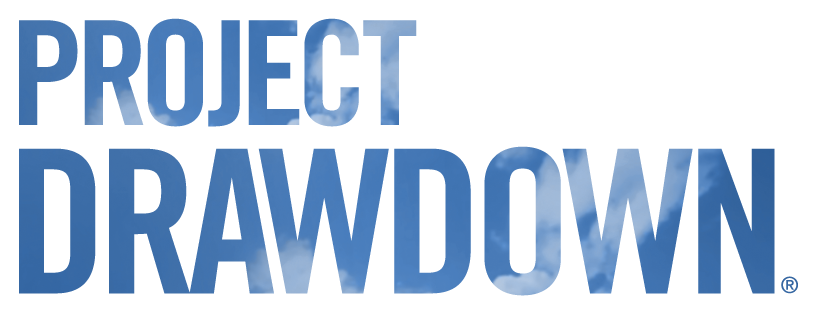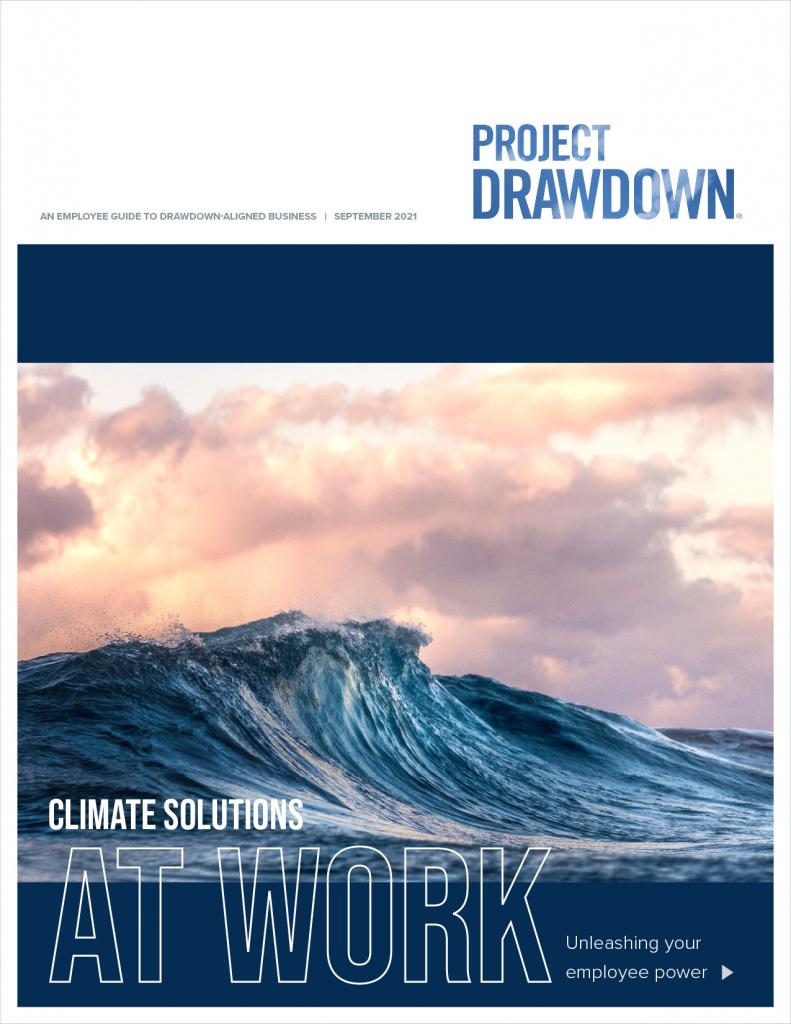Climate-friendly purchasing is not only good for the planet and people, but it also has significant financial benefits. Businesses can expect to see revenues increase 5–20 percent and supply chain costs decrease 9–16 percent. Strong sustainability procurement standards can also shield businesses from many climate risks that will increasingly affect supply chains, such as crop failures, natural disasters, and sea-level rise. Purchasing with climate in mind will make your company’s supply chain more resilient and responsible. Procurement is also a great area for companies to integrate their diversity, equity, inclusion, and justice strategies with their climate goals by instituting supplier diversity programs.
Procurement
If you work in procurement, you likely interact and coordinate with teams across your company, giving you a bird’s eye view of your company’s sustainability opportunities and challenges. By changing how you use your purchasing power, you can make your business more climate-friendly, as well as send market signals across the supply chain to help align others’ procurement practices with drawdown.
Have you used this or any of our Job Function Action Guides to make your job a climate job? If so, we want to hear about it! We encourage you to share your story with us by completing this form.
The Business Case
To make your procurement job a climate job:
Suppliers and supply chain
- Actively seek out and choose suppliers that align with your company’s climate goals, in a way that doesn't inhibit your team’s productivity or business impact.
- Are there particular items you purchase frequently and in large quantities? Can you find climate-friendly alternatives to make a swift, high-impact change?
- Work with the operations team to develop company policies that give preference to sustainable suppliers and require suppliers to adopt science-based emissions reduction targets—and create penalties for noncompliance. (See and use as a template Salesforce’s supplier agreement for your company’s own binding agreement).
- You can also apply a climate justice lens by creating guidelines related to supplier diversity and ethical practices. (See this example from Apple).
- Institute changes across your supply chain processes to maximize efficiency (for example: localized production, backhauling, and low-carbon material transport).
Design
- If you work in direct procurement for your company's own name brand products, collaborate with designers to develop products with low-carbon materials that are optimized for circularity (repairable, upcyclable, and recyclable).
Data
- Invest in systems to gather, store, and use data on how your customers use your products to help you deliver on sustainability goals. For example, you can work with data scientists and engineers to create methods for tracking the use and disposal of your company’s products, helping develop more sustainable products and processes.
Team travel
- Minimize carbon-intensive business travel for you and your team, and opt for virtual gatherings. If possible, instead of flying, choose lower-carbon travel options, such as the train. Consider virtual meetings for things like contract negotiation. Try to procure locally and regionally to cut down on long-distance travel.
Foster dialogue and action
- Build capacity and knowledge by connecting with other colleagues on the finance team – and beyond – at your organization. Come together to brainstorm climate action steps (check out Project Drawdown's Discover page for ideas), share best practices, and raise your collective concern at team and all-staff meetings.
Ready to take action? Here are some questions and ideas to help you get started:
Take stock
Identify your company’s corporate sustainability and climate commitments, if any.
- Are these goals connected to your procurement team’s goals?
- Can you integrate the above actions into your company, team, or individual performance objectives?
- Are there guidelines related to sustainable purchasing?
- What are the requirements for approved vendors?
- Does your company conduct life-cycle assessments to understand how your products are being created, used, and disposed of?
Make needed changes or reach out to someone else who can
- What decision-making power do you have? Can you implement these actions yourself, or do you need to raise the issue with a supervisor?
- Is anyone with decision-making power already on board with climate action? Or is there someone you might be able to influence?
Test the waters by sharing your own interest in climate action with other key colleagues and gauging their response. Consult power-mapping tools for help.
You don’t have to do it alone
Find others in your department who are also climate-concerned. Join forces to show broad support for integrating climate action into procurement and throughout the organization. Consider writing a letter or petition to leadership or bringing up your concerns at an all-staff meeting.
Resources
- Ellen MacArthur Foundation provides a suite of tools and resources on circularity, focused on eliminating waste, circulating products and materials, and regenerating nature in your supply chain.
- Procuring a Regenerative Economy helps procurement professionals ensure their purchasing “works in the service of a just and inclusive society while restoring and protecting ecosystems.”
- Future-Fit Business procurement guide helps companies align their procurement procedures and policies with a business model that is “environmentally restorative, socially just, and economically inclusive.”
- The United Nations Global Compact’s Roadmap for Integrated Sustainability includes a guide on how to integrate climate action into the supply chain and procurement function.
- The Embedding Project’s Sustainable Procurement Wheel identifies key practices and curated resources to help companies embed sustainability across their procurement practices.
- Join the Sustainable Procurement Pledge network and read their guide, which includes best practices, case studies, and actionable solutions for procurement professionals who are committed to sustainability.
The Drawdown Labs Job Function Action Guides will help employees understand how their roles are critical in addressing the climate crisis, as well as implement high-impact solutions and navigate key considerations for taking action inside the workplace.

